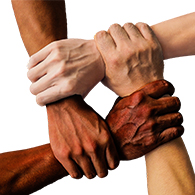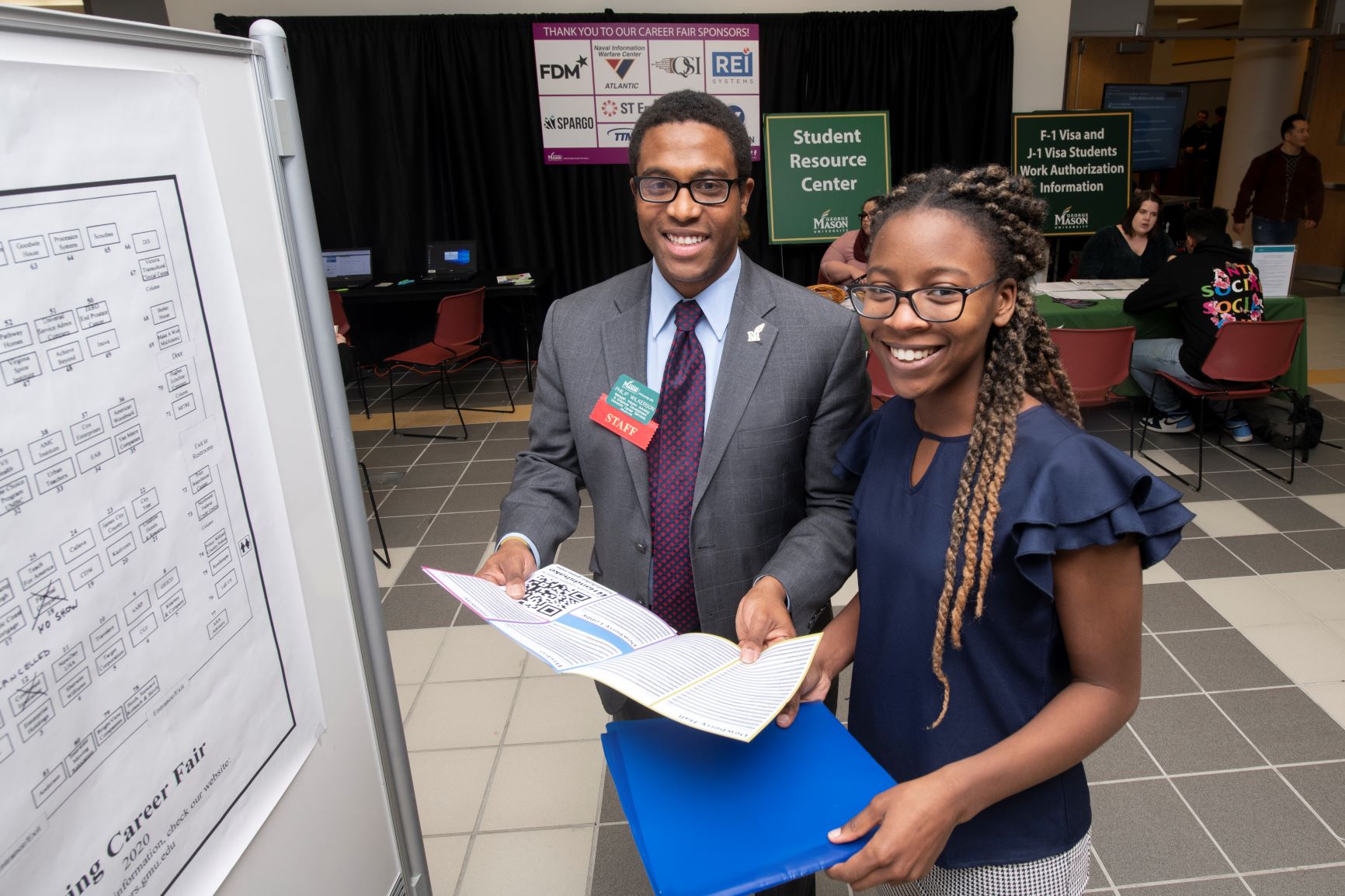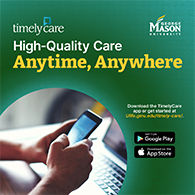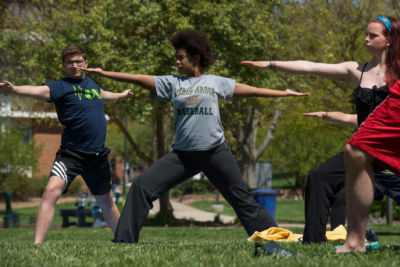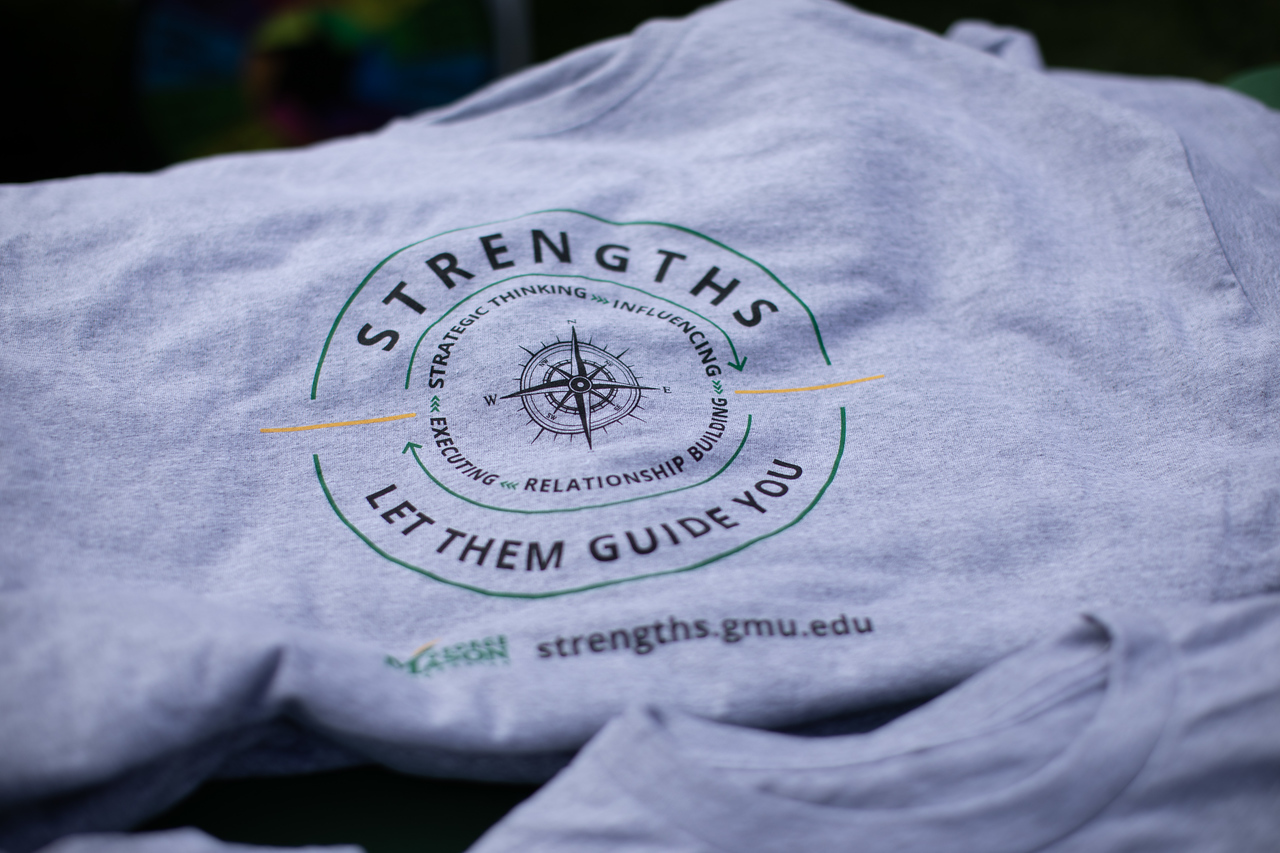By: Patrice Levinson, MSN, FNP-C, Family Nurse Practitioner, Student Health Services
“Human beings are not born with self-control. We have to learn what to do with the mad that we feel. Learning to control ourselves is a long, hard process. It happens little by little. In fact, it is something we work on all through our lives.” – Fred Rogers
As a healthcare provider at Mason’s Student Health Services, I have evaluated women and one man who were victims of intimate partner violence and sexual assault. I know who to contact to offer consultation and further support for my patients. But I also want to increase awareness for everyone about this vital well-being issue. Here’s a look at domestic violence in the United States, what you can do to help those who are experiencing it, and well-being resources related to domestic violence.
Domestic Violence Facts
Domestic violence encompasses a pattern of coercive behaviors used by people to gain and maintain power and control over their intimate partners. Domestic violence occurs when one person attempts to control or hurt another through physical, sexual, verbal, or psychological abuse. The abuse can also be financial, spiritual, or technological. Financial abuse occurs in 98 percent of abusive relationships and is the main reason victims stay in abusive relationships. These abusive scenarios intensified during the required quarantines and financial and emotional stressors of the Covid-19 pandemic. Restraining orders and prison sanctions for abusers were difficult to enforce. During the pandemic, domestic violence calls to police increased, while arrests decreased.
The book No Visible Bruises: What We Don’t Know about Domestic Violence Can Kill Us by Rachel Louise Snyder is a painful, difficult read. It describes detailed information on programs across the United States that are designed to: help identify victims of intimate partner violence (most victims are women), offer help to victims who try to leave the violent relationships, and offer education, support, and training to abusers who are caught in a cycle of violence toward their partners.
Snyder titled her book No Visible Bruises to reference the fact that when a person is choked, the choking can leave no visible bruises. 50 percent of domestic violence victims are choked by their partners at some point in the relationship, often repeatedly. Only 15 percent of victims who were choked have visible injuries. Knowing the signs of choking, knowing that most choking injuries are internal and that healthcare providers should be screening victims of domestic violence for choking injuries and concussions, is crucial, lifesaving information. Studies show that if a woman is choked by her intimate partner, the most likely next violent action will be the woman being killed by her intimate partner.
Why Does This Happen, and Why Don’t Victims Leave?
Why are people abusive toward their partners? Studies show that 100 percent of abusers have a history of trauma, they all have high Adverse Childhood Experiences (ACE) scores, and many may have a history of a traumatic brain injury themselves. Many were exposed to domestic violence as a child or teenager. Breaking this cycle of violence requires a loss of control as they learn new habits and new skills. This is an extremely difficult process and is often non-linear.
There are more than 2,500 batterer intervention programs across the United States designed to provide support and education for people with a history of being abusive toward a partner or family member and who want to stop their abusive behavior. Fairfax County supports two programs. One, called RSVP: Resolve to Stop the Violence Program, is for incarcerated individuals. The other is called ADAPT: Anger and Domestic Abuse Prevention and Treatment. ADAPT is an 18-week state-certified batterer intervention program with goals of helping participants understand the causes of domestic violence, learn to regulate their anger and shame, find appropriate solutions to family conflicts, take self-responsibility, develop empathy for themselves and others, reduce resentment, and learn positive parenting skills. ADAPT uses exercises to help offenders recognize how they appear to the victim when they are violent – their facial expressions, their size, their body movements, etc. ADAPT participation can either be court-assigned or voluntary. The effectiveness of these programs in preventing future abuse has not been proven, but these programs are often the only source of accountability for abusers.
People often ask “Why don’t victims just leave?” The answer of course is that life is complicated. The abuse does not occur out of nowhere. In an intimate relationship, the abuse slowly escalates and victims are often completely dependent on their abusers when the physical violence begins. They want to believe that the violence will not escalate, and that their partners will change. They may share children. She may feel afraid, isolated, or hopeless. Consider other factors such as financial dependency, lack of access to legal resources, immigrants, teens, LGBTQ communities, people with disabilities, and military families. On average, it takes a victim seven attempts before successfully leaving an abusive partner.
So, why don’t victims just leave? When confronted with danger, people subconsciously make a choice to ensure their best chance of survival. These choices include 1) fight, 2) flight, 3) freeze (the inability to move or leave the situation) and 4) fawn (going back to the abuser). These responses are not chosen; they are subconscious behaviors. The most common victims’ response is to freeze – more than 50 percent of victims freeze. And our brains sometimes suppress memories of a traumatic event, either temporarily or permanently. Survivors can experience overwhelming powerlessness and a range of emotions that can include confusion, anger, frustration, self-blame, depression, and grief.
Can we predict when the violence will escalate? In most cases, there are common events that precede the escalation (or the homicide), such as the breakup of the relationship, a belief that the victim has a new intimate partner, or financial issues. The majority of people who kill their intimate partners displayed controlling behaviors, had previously threatened to kill the victim ,and owned weapons prior to the homicide. 68 percent of the homicides are by firearm, and 20 percent are by strangulation. Women are five times more likely to be killed by a domestic abuser if there is access to a gun. In 45 percent of cases, there was prior stalking of the victim by the abuser. Identifying the abuse when the victim is choked or injured in other ways is crucial to saving the victim’s life. Often the abuser will accompany the victim to their medical or emergency room appointments and make it impossible for the victim to tell the truth about what happened. In addition, choking can cause traumatic brain injury (TBI) which results in forgetfulness, misremembering, nightmares, flashbacks, fear, debilitating headaches, and difficulty concentrating. Many emergency rooms and urgent care centers are beginning to implement screening tools such as the Danger Assessment Tool to help determine the level of danger an abused woman has of being killed by her intimate partner.
How Can You Help?
First, believe the victim. The top indicator of risk is the victim believing her or his life is at risk. Instead of asking “Why don’t you just leave?”, listen and help the victim formulate a safety plan. A safety plan identifies exactly what steps to take in the event of an impending violent act. The plan identifies resources and services, aims to reduce violence and the threat of violence, and may include ways to remain safe during the relationship, when planning to leave, and after leaving the relationship. You can call one of the hotline numbers below for guidance. Be careful not to give false hope or misinformation. Help them weigh the risks of their decisions. Another way to help is to consider training to serve as a volunteer at a woman’s shelter, with the 24-hour hotline, or with the hospital accompaniment services. See below for contact information.
We can all help to prevent domestic violence homicide. If someone you care about tells you that they are experiencing domestic violence, listen, tell them you believe them, and ask how you can help. Help them develop a safety plan. Do not underestimate the potential danger. Remember that leaving the relationship is one of the most dangerous times for victims. If you are a healthcare professional or training to be a healthcare professional, learn the signs and symptoms of strangulation and traumatic brain injury, and advocate for victims to receive appropriate evaluation for these injuries that often leave no visible bruises.
Additional Resources
Mason’s resources for people experiencing intimate partner violence include:
- The Student Support and Advocacy Center, which provides well-being support and resources in the areas of sexual and interpersonal violence, and overcoming barriers to personal success
- The Title IX Office, which accepts reports of cases of Prohibited Conduct, including sexual assault, sexual harassment, dating violence, domestic violence, and stalking
- Student Health Services, where healthcare staff provide medical and mental health evaluations, screening, sexually transmitted diseases testing, referrals, and behavioral health consultation services
- Counseling and Psychological Services, which provides counseling appointments, crisis support, and drop-in mental health workshops
- The Center for Psychological Services, which is the primary training clinic for graduate students in Mason’s clinical and school psychology program, and serves the community through a range of treatment services — primarily therapy, psychoeducational testing and mental health evaluations
- Student advocacy groups such as the Relationship Peer Leaders
A community resource: Fairfax County Office for Women and Domestic and Sexual Violence Services, 24-Hour Hotline 703-360-7273, DV Action Center 703-246-4573. This office provides services such as prevention and intervention, hospital accompaniment, men’s survivors’ groups, referrals, and emergency shelters such as Artemis House. In addition, this office provides training for professionals as well as anyone interested in volunteering.
Write one of these Thriving Together Series features! We’re looking for contributions on all topics related to well-being. Read other Thriving Together Series articles here and contact us at [email protected] for guidelines. Thank you for helping our Mason community thrive together online!



